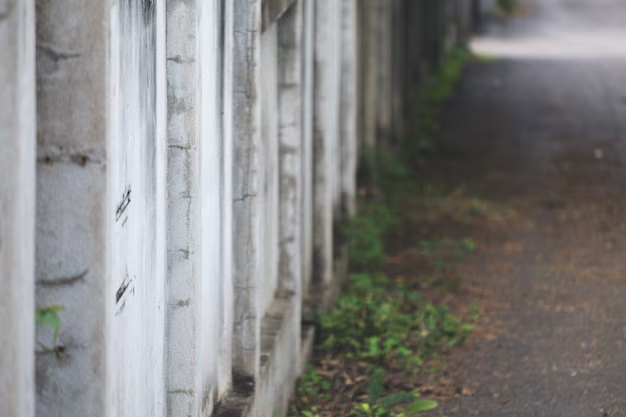Finding Open Homeless Shelters in NYC: Your Guide to Immediate Assistance
Navigating through the bustling streets of New York City can be overwhelming, especially when you're seeking immediate shelter. Homeless shelters in NYC are crucial safe havens for those without a stable place to stay. Whether you’re in need or helping someone who is, understanding where to find open shelters can provide a significant first step toward stability and recovery.
Where to Start Your Search
New York City offers an extensive network of shelters, ensuring there's always a place for those in need. The city's Department of Homeless Services (DHS) operates an emergency shelter intake process, which is often the first point of contact for individuals seeking immediate help.
To access a shelter:
- Single Adults: Visit the 30th Street Intake Center for men or the Franklin Shelter for women.
- Families with Children: Go to the PATH Center in the Bronx.
- Adult Families: Manhattan's Adult Family Intake Center is your first stop.
Each center operates 24/7, ensuring that shelter is always accessible, no matter the time of day or night.
Services Beyond Shelter
Entering a shelter is just the beginning. NYC shelters provide various services designed to assist individuals in rebuilding their lives:
- On-site Counseling: Help with developing a long-term plan for stability.
- Access to Health Services: Regular medical and mental health support.
- Employment Resources: Assistance with job applications and skill-building workshops.
Expanding Solutions with Financial Assistance
Beyond immediate shelter, understanding financial assistance options can expedite the journey to housing stability.
1. Government Aid Programs
- Supplemental Security Income (SSI) and Social Security Disability Income (SSDI): For those unable to work due to disabilities.
- Supplemental Nutrition Assistance Program (SNAP): Provides food-purchasing assistance.
2. Debt Relief Options
- Debt Consolidation Services: Combine multiple debts into a single payment at a lower interest rate, reducing monthly stress.
- Credit Counseling: Gain assistance with managing existing debts and improving budgeting skills.
3. Credit Card Solutions
- Low-Interest Credit Cards: Ideal for those needing to manage short-term expenses while rebuilding credit.
- Secured Credit Cards: Help rebuild credit scores in a controlled manner.
The Role of Education in Uplifting Lives
Education can be a pivotal factor in changing economic circumstances. For those staying in shelters, several educational grants and opportunities are available:
- Pell Grants: For low-income students enrolling in college courses.
- Vocational Training Programs: Focused on skill development in specific trades.
- Online Learning Resources: Offers flexibility and can be a stepping stone toward gaining new certifications.
Empowering Steps Forward: A Resource Summary
Here’s a clear-cut summary to guide you toward financial and educational opportunities:
- 🌆 NYC Intake Centers: Crucial for immediate shelter access.
- 💵 Government Aid Programs: SSI, SSDI, SNAP for financial support.
- 💳 Debt Relief Services: Explore consolidation services and credit counseling.
- 📚 Educational Opportunities: Pell Grants, vocational training, online learning resources.
Taking advantage of these resources can fortify your path from temporary shelter to long-term housing and financial stability. While the journey requires determination and resilience, New York City abounds with programs designed to support you every step of the way. Whether you seek shelter, financial aid, or educational advancement, remember that assistance is not just nearby—it's within reach.
